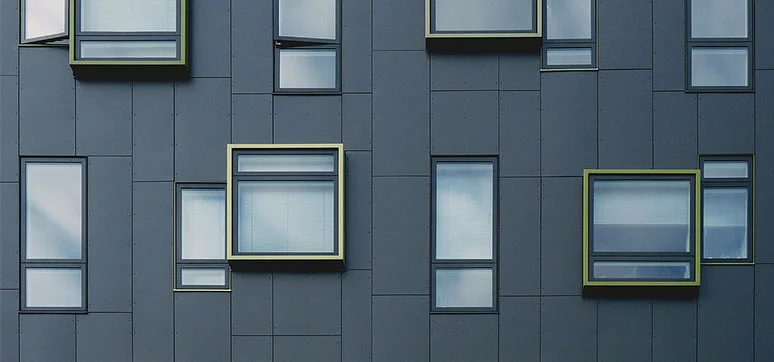
Aluminium Composite Panel Cladding
Aluminium Composite Panel (ACP) cladding is a popular and versatile building material used for exterior and interior applications. Here are the key points about ACP cladding:
Composition and Structure
ACP cladding consists of two thin layers of aluminium sheets bonded to a core of non-metallic material, typically polyethylene (PE) or a fire-resistant mineral core. This unique sandwich structure provides excellent durability, stability, and aesthetic flexibility.
Advantages of ACP Cladding
Lightweight: ACP cladding is much lighter than traditional cladding materials, reducing structural load requirements and installation costs.
Flexible and Customizable: ACP can be easily bent, folded, and fabricated into various shapes and designs, allowing for creative architectural expressions.
Durable and Long-Lasting: ACP cladding is highly resistant to weathering, corrosion, and damage, with a lifespan of 15-20 years or more when properly maintained.
Fire-Resistant: Fire-rated ACP cladding with a mineral core can provide up to 2 hours of fire resistance, enhancing safety.
Cost-Effective: ACP cladding is generally more affordable than other premium cladding materials, making it a popular choice.
ACP cladding is widely used for:
- Exterior building facades and elevations
- Interior wall cladding and partitions
- Signage and displays
- Modular kitchens and furniture
- Considerations for ACP Cladding in Kitchens
- While ACP cladding can be used in kitchens, it is important to select fire-resistant (FR) core materials and coatings that are non-toxic, antimicrobial, and heat-resistant to ensure safety and compliance with regulations.
- In summary, aluminium composite panel (ACP) cladding is a versatile, durable, and cost-effective building material that offers a range of advantages for both exterior and interior applications, including kitchens, when the appropriate specifications are met.

